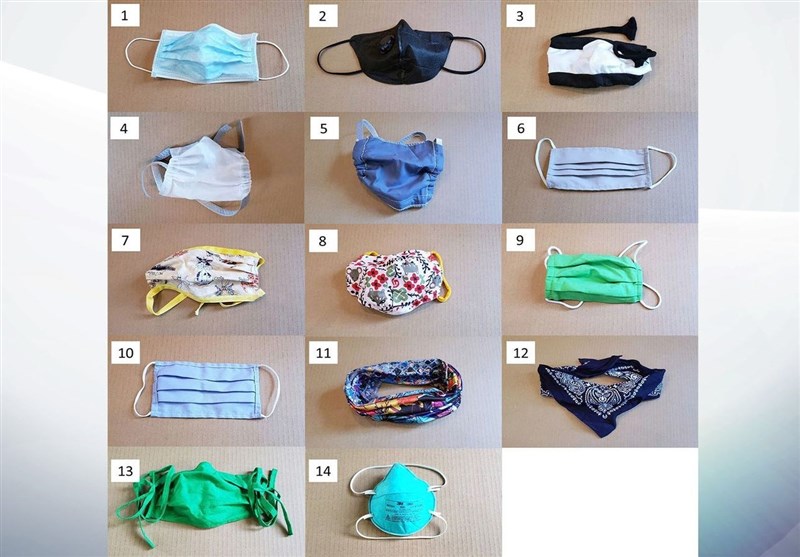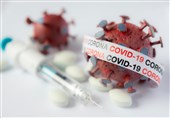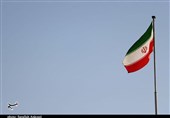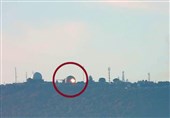Neck Fleece Face-Covering Found to Increase Risk of Coronavirus: Scientists
TEHRAN (Tasnim) – Scientists have tested 14 different types of face-covering and found that neck fleece face-covering actually increases the risk of coronavirus infection.
Researchers at Duke University in North Carolina tested coverings ranging from the kind worn by healthcare professionals to neck fleeces and knitted masks.
The study's authors compared the dispersal of droplets from a participant's breath while they were wearing one of the coverings to the results of a control trial where their mouth was fully exposed.
The least effective face-covering in the study was a neck fleece which was found to actually increase the risk of infection by having a "droplet transmission fraction" of 110%.
Duke University researcher Martin Fischer, who put the test together, told CNN: "We were extremely surprised to find that the number of particles measured with the fleece actually exceeded the number of particles measured without wearing any mask.
"We want to emphasise that we really encourage people to wear masks, but we want them to wear masks that actually work."
A bandana was the second worst-performing face-covering but it did not increase the risk of infection, while a knitted covering was third worst.
The most effective face-covering in the study was a fitted N95 mask without valves which had a droplet transmission fraction of 0.1%.
The hospital-grade coverings are used by frontline healthcare workers.
A surgical mask performed second best while a polypropylene mask came in third.
Handmade cotton face coverings were also shown to perform well and eliminated a substantial amount of the spray from normal speech.
The study was published in the Science academic journal.
Mr Fischer said: "We confirmed that when people speak, small droplets get expelled, so disease can be spread by talking, without coughing or sneezing.
"We could also see that some face coverings performed much better than others in blocking expelled particles."
Eric Westman, one of the authors of the study, said: "Wearing a mask is a simple and easy way to reduce the spread of COVID-19.
"About half of infections are from people who don't show symptoms, and often don't know they're infected. They can unknowingly spread the virus when they cough, sneeze and just talk.
"If everyone wore a mask, we could stop up to 99% of these droplets before they reach someone else.
"In the absence of a vaccine or antiviral medicine, it's the one proven way to protect others as well as yourself."
Participants in the study wore one of the coverings before speaking into the direction of a laser beam inside a black box.
Droplets from the person's breath would then scatter light as they moved through the laser beam. This process was recorded using a mobile phone camera.
The authors of the study said a "simple computer algorithm" was used to count the drops in the video.
The league table of the 14 masks tested (picture number):
- N95 mask, no exhalation valve, fitted (14)
- Surgical mask (1)
- Cotton-polypropylene-cotton mask (5)
- Two-layer polypropylene apron mask (4)
- Two-layer cotton, pleated style mask (13)
- Two-layer cotton, pleated style mask (7)
- N95 mask with exhalation valve (2)
- Two-layer cotton, Olston style mask (8)
- One-layer Maxima AT mask (6)
- One-layer cotton, pleated style mask (10)
- Two-layer cotton, pleated style mask (9)
- Knitted mask (3)
- Bandana (12)
- Gaiter type neck fleece (11)






